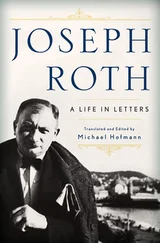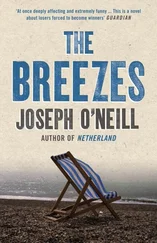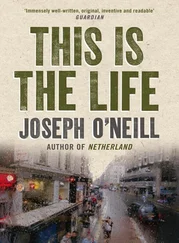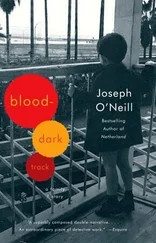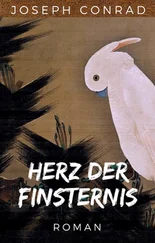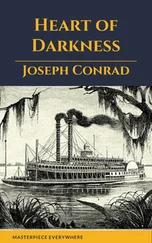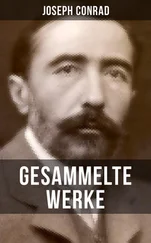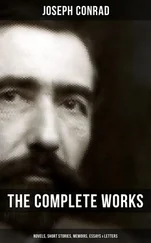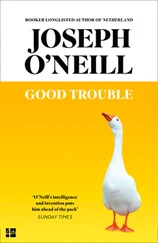What happens, however, is that I’m the one who drifts — to another sundown, to New York, to my mother. We were sailing on the Staten Island Ferry on a September day’s end. The forward deck was crowded. There was much smiling, pointing, physical intertwining, kissing. Everybody looked at the Statue of Liberty and at Ellis Island and at the Brooklyn Bridge, but finally, inevitably, everybody looked to Manhattan. The structures clustered at its tip made a warm, familiar crowd, and as their surfaces brightened ever more fiercely with sunlight it was possible to imagine that vertical accumulations of humanity were gathering to greet our arrival. The day was darkening at the margins, but so what? A world was lighting up before us, its uprights putting me in mind, now that I’m adrift, of new pencils standing at attention in a Caran d’ Ache box belonging in the deep of my childhood, in particular the purplish platoon of sticks that emerged by degrees from the reds and, turning bluer and bluer and bluer, faded out; a world concentrated most glamorously of all, it goes almost without saying, in the lilac acres of two amazingly high towers going up above all others, on one of which, as the boat drew us nearer, the sun began to make a brilliant yellow mess. To speculate about the meaning of such a moment would be a stained, suspect business; but there is, I think, no need to speculate. Factual assertions can be made. I can state that I wasn’t the only person on that ferry who’d seen a pink watery sunset in his time, and I can state that I wasn’t the only one of us to make out and accept an extraordinary promise in what we saw — the tall approaching cape, a people risen in light. You only had to look at our faces.
Which makes me remember my mother. I remember how I turned and caught her — how could I have forgotten this until now? — looking not at New York but at me, and smiling.
Which is how I come to face my family with the same smile.
“Look!” Jake is saying, pointing wildly. “See, Daddy?”
I see, I tell him, looking from him to Rachel and again to him. Then I turn to look for what it is we’re supposed to be seeing.
Significant portions of this book were written at Ledig House and at Yaddo. In the matter of artistic sanctuary I am also deeply thankful to the Bard family; to John Casey; and, most deeply of all, to Bob and Nan Stewart.
Joseph O’Neill was born in Cork, Ireland, in 1964 and grew up in various parts of the world, most significantly Holland, where he attended British and French international schools. He received a law degree from Cambridge University and is a barrister. His previous works include the novels This Is the Life and The Breezes and the nonfiction book Blood-Dark Track, a family history centered on the mysterious imprisonment of both his grandfathers during World War II, which was a New York Times Notable Book and a book of the year for the Economist and the Irish Times. He writes regularly for the Atlantic. He lives in New York City.
Конец ознакомительного отрывка
Купить книгу

